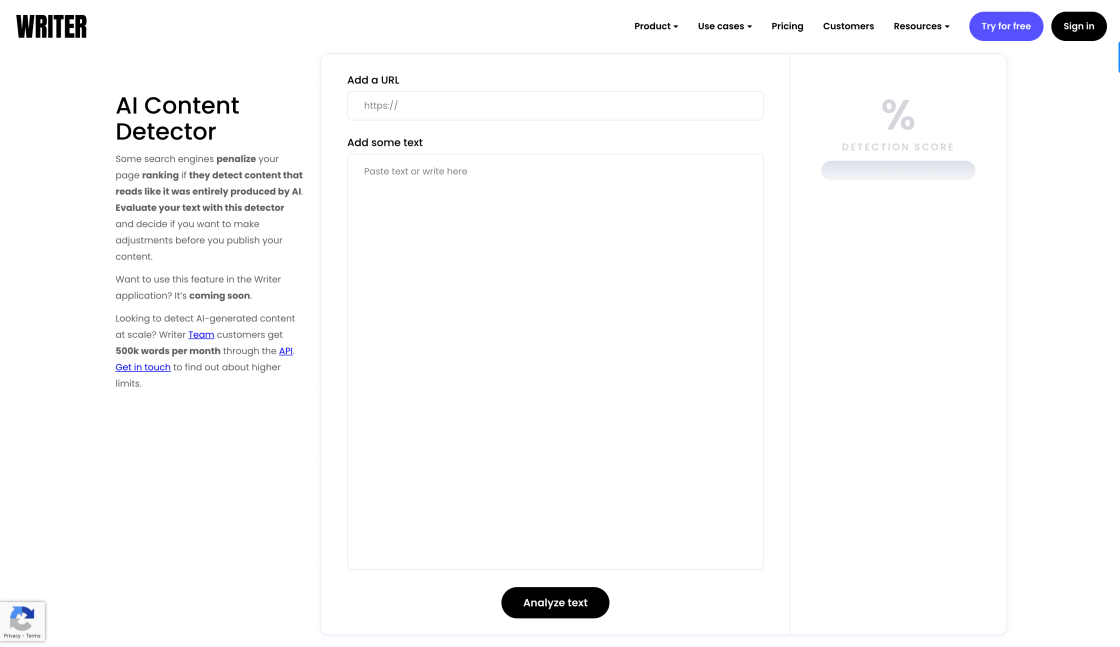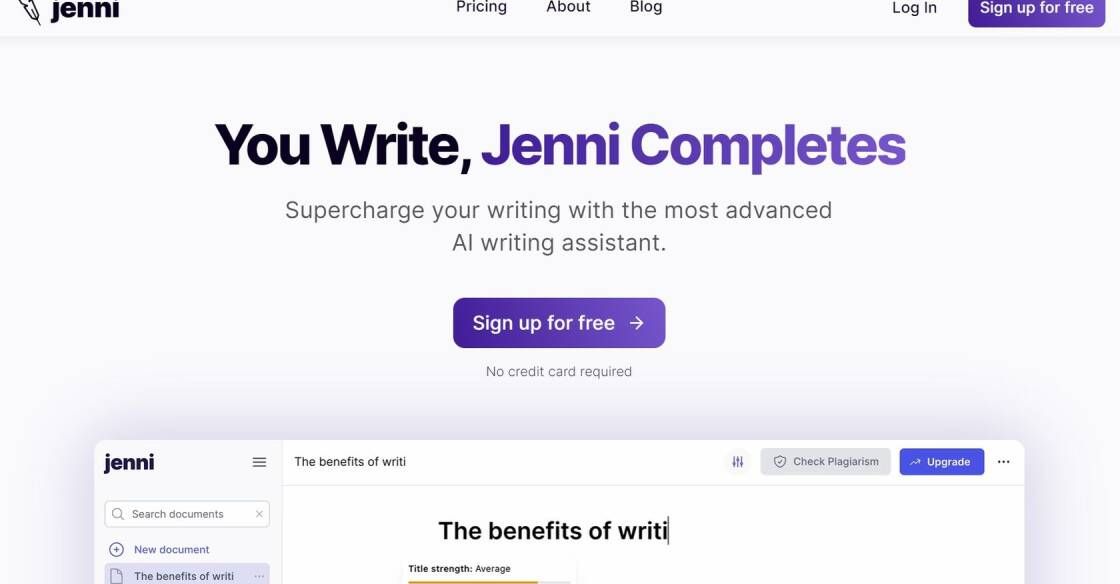


Opera
Browser with Built-in VPN

ControlNet
AI-Powered Industrial IoT Platform

Wolframalpha
Wolfram|Alpha: Computational Intelligence

Writesonic
Writesonic - Best AI Writer, Copywriting & Paraphrasing Tool

AI Content Detector
AI Content Detector | GPT-3 | ChatGPT - Writer

WatermarkRemover.io
Watermark Remover - Remove Watermarks Online from Images for Free

ChatGPT Pro
ChatGPT Plus Access | OpenAI Help Center

Jenni
Supercharge Your Writing with Jenni AI
In the world of machine learning, embeddings have become a popular way to represent data in a condensed form that allows for efficient analysis and processing. However, storing these embeddings can pose a significant challenge, particularly when dealing with large datasets. Enter Supabase and pgvector – two powerful tools that enable seamless storage of OpenAI embeddings in Postgres databases.
Supabase is an open-source platform that provides developers with a modern database infrastructure and user interface. It offers a range of features including authentication, real-time updates, and scalable serverless functions. On the other hand, pgvector is an extension for Postgres that enables the storage and querying of high-dimensional vectors. By combining these two tools, developers can store and analyze large collections of embeddings in a scalable and efficient manner.
The use of OpenAI embeddings has become increasingly prevalent in natural language processing and computer vision applications, making the need for efficient storage solutions all the more pressing. With the help of Supabase and pgvector, developers can now store and query these embeddings with ease, paving the way for even more sophisticated AI applications in the future.
Supabase is an open-source alternative to Firebase that provides a PostgreSQL database, authentication, and real-time subscriptions.
OpenAI is a research organization dedicated to advancing artificial intelligence in a safe and beneficial manner.
Embeddings are numerical representations of words, phrases, or documents that can be used in various natural language processing tasks.
You can use pgvector, a Postgres extension, to store and query vectors in Postgres. Supabase supports this extension.
By storing embeddings in Postgres with pgvector, you can easily query and analyze them using SQL. This can be useful for tasks such as similarity search and clustering.
You can install pgvector by running a SQL command in your Supabase database. The command can be found in the documentation.
You can store both dense and sparse vectors with pgvector.
No, pgvector is specific to Postgres.
One limitation is that the size of individual vectors is limited to 2,000 dimensions. Additionally, large datasets may require significant storage and computing resources.
You can follow the documentation provided by Supabase, which includes step-by-step instructions and examples.
| Competitor | Difference |
|---|---|
| 1. FaunaDB | Supabase focuses on building a real-time database whereas FaunaDB is designed to store and manage data globally with ease. |
| 2. Hasura | Hasura is mainly used for building GraphQL APIs, while Supabase provides a full-stack developer platform that includes authentication, APIs, and databases. |
| 3. MongoDB | MongoDB is a document-based NoSQL database, while Supabase is a relational database built on top of Postgres. |
| 4. Firebase | Firebase is a cloud-based mobile and web application development platform, while Supabase is an open-source alternative that provides self-hosted serverless infrastructure. |
| 5. AWS RDS | AWS RDS provides managed database services for various database engines, including PostgreSQL. However, it requires more configuration and maintenance compared to Supabase's fully managed platform. |
Supabase is a powerful open-source backend platform that makes it easier for developers to build applications faster. One of the features that make Supabase stand out is its ability to store OpenAI embeddings in Postgres using pgvector.
Postgres is a powerful and widely used relational database management system, while pgvector is an extension developed by Supabase that allows Postgres to store vectors. OpenAI embeddings are vectors that represent natural language processing models, making it easier for developers to build intelligent language models.
With Supabase's pgvector, you can now store and manipulate these vectors in your Postgres database. This means you don't have to rely on external services or APIs, and you can keep all your data in one place.
Using pgvector is simple. Firstly, you need to have a Postgres database set up with pgvector installed. Once you have this set up, you can start storing your embeddings in the database. You can then retrieve and manipulate these embeddings using SQL queries.
Some of the advantages of using Supabase's pgvector to store OpenAI embeddings include improved performance, reduced costs, and increased control over your data. You no longer have to rely on external services that may be expensive or have limited functionality.
In conclusion, if you're a developer looking for a powerful backend platform that makes it easy to store OpenAI embeddings in Postgres, then Supabase with pgvector is definitely worth considering. It's open-source, flexible, and scalable, making it ideal for a wide range of applications.
TOP